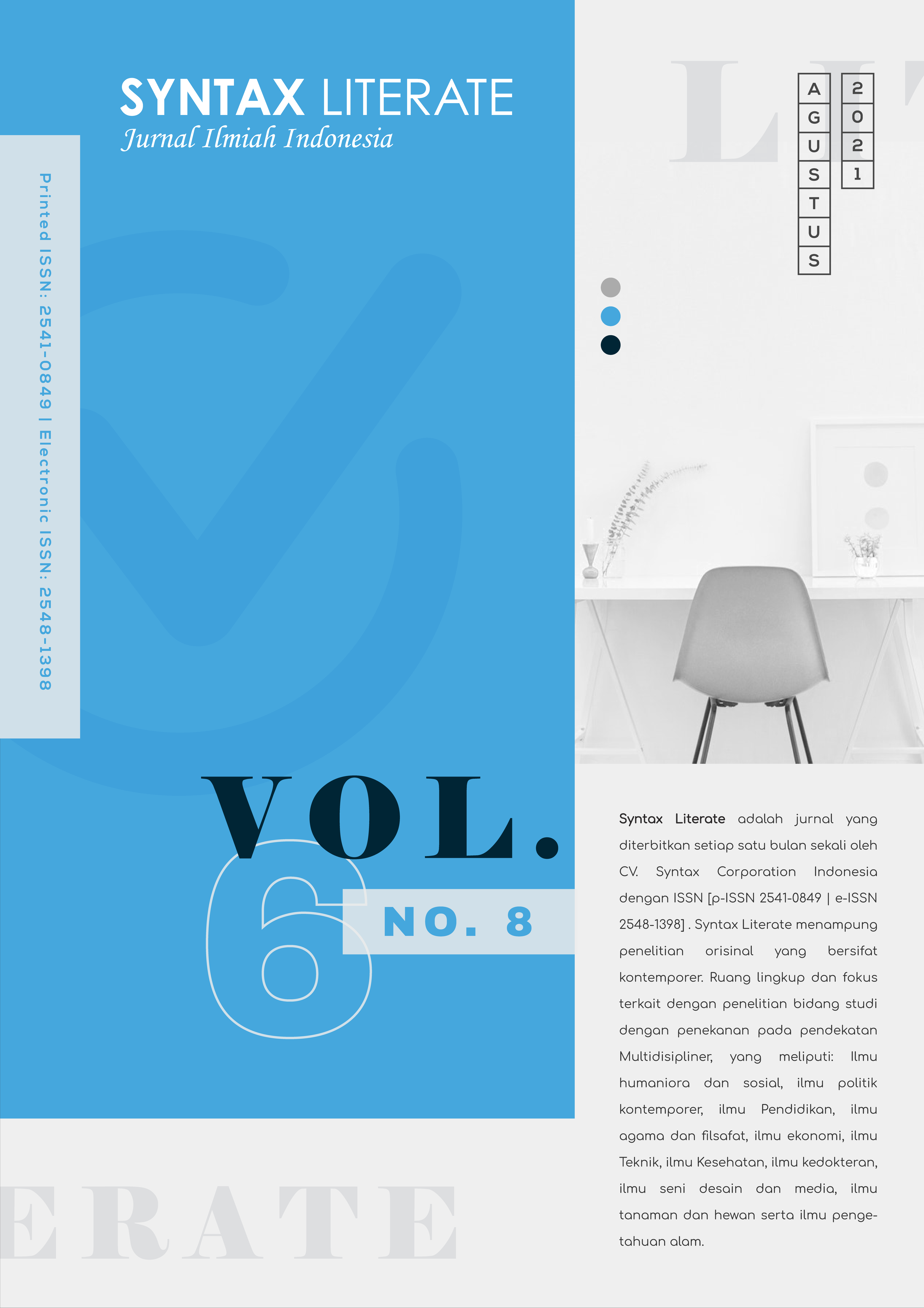Analysis of Subsoil Liquefaction Potential in The Region of Mataram City in Indonesia
Abstract
One of the reasons of subsoil liquefaction are cyclical loads induced from earthquake. It generally take in the subsoil when there is a loose saturated granular soil. Loose, sand and silty sand have the highest probability of liquefaction. Most places prone to this event are the subsoil that is close to water source, namely river or bay area. Mataram city is located on the west coast of Lombok Island. It acts as the capital and economic powerhouse of the region. The 2018 M7.0 earthquake showed how devastating the earthquake effect on people’s livelihood. Understanding the potential of subsoil liquefaction to happen is crucial to help government and people on the potentially affected area to adjust the proper mitigation actions. Upon analysis of soil data taken from 9 SPT sites and 22 CPT sites, it is concluded that the subsoil of Mataram city is prone to exposed with liquefaction with the most severe area is the west coast of the city and the least probable is the eastern part. Maximum settlement is forecasted to be 0.458 m taken from CPT-21 site.
Downloads
References
Blake, T. F. (1996). Spreadsheet Template LIQ2_30. WQ1-A Computer Program for the Determination of Liquefaction Potential. Google Scholar
Castelli, Francesco, & Lentini, Valentina. (2010). SPT-based evaluation of soil liquefaction risk. Fifth International Conference on Recent Advances in Geotechnical Earthquake Engineering and Soil Dynamics. Google Scholar
Green, Russell A., Upadhyaya, Sneha, Wood, Clinton M., Maurer, Brett W., Cox, Brady R., Wotherspoon, Liam, Bradley, Brendon A., & Cubrinovski, Misko. (2017). Relative efficacy of CPT-versus Vs-based simplified liquefaction evaluation procedures. Proc. 19th Intern. Conf. on Soil Mechanics and Geotechnical Engineering, 1521–1524. Google Scholar
Jefferies, Mike, & Been, Ken. (2019). Soil liquefaction: a critical state approach. CRC press. Google Scholar
Juang, C. Hsein, Ching, Jianye, Wang, Lei, Khoshnevisan, Sara, & Ku, Chih Sheng. (2013). Simplified procedure for estimation of liquefaction-induced settlement and site-specific probabilistic settlement exceedance curve using cone penetration test (CPT). Canadian Geotechnical Journal, 50(10), 1055–1066. Google Scholar
Lonteng, Christian Vicky Delfis, Balamba, Sjachrul, Monintja, Sartje, & Sarajar, Alva N. (2013). Analisis Potensi Likuifaksi Di PT. Pln (Persero) Uip Kit Sulmapa Pltu 2 Sulawesi Utara 2 X 25 Mw Power Plan. Jurnal Sipil Statik, 1(11). Google Scholar
Obermeier, Stephen F. (1996). Use of liquefaction-induced features for paleoseismic analysis—an overview of how seismic liquefaction features can be distinguished from other features and how their regional distribution and properties of source sediment can be used to infer the location and strength of Holocene paleo-earthquakes. Engineering Geology, 44(1–4), 1–76. Google Scholar
Putra, Rusnardi Rahmat, Kiyono, Junji, Ono, Yusuke, & Parajuli, Hari Ram. (2012). Seismic hazard analysis for Indonesia. Journal of Natural Disaster Science, 33(2), 59–70. Google Scholar
Robertson, Peter K. (2016). Cone penetration test (CPT)-based soil behaviour type (SBT) classification system—an update. Canadian Geotechnical Journal, 53(12), 1910–1927. Google Scholar
Sasmi, Annisa Trisnia, Nugraha, Andri Dian, Muzli, Muzli, Widiyantoro, Sri, Zulfakriza, Zulfakriza, Wei, Shengji, Sahara, David P., Riyanto, Agus, Puspito, Nanang T., & Priyono, Awali. (2020). Hypocenter and magnitude analysis of aftershocks of the 2018 Lombok, Indonesia, earthquakes using local seismographic networks. Seismological Research Letters, 91(4), 2152–2162. Google Scholar
Saut, Pantas O. Siahaan. (2015). Percobaan Potensi Likuifaksi Pada Tanah Pasir Seragam Dengan Permodelan Alat Di Laboratorium. UPT. Perpustakaan Unand. Google Scholar
Tijow, Kurnia Christy, Sompie, Oktovian B. A., & Ticoh, Jack H. (2018). Analisis Potensi Likuifaksi Tanah Berdasarkan Data Standart Penetration Test (Spt) Studi Kasus: Dermaga Bitung, Sulawesi Utara. Jurnal Sipil Statik, 6(7). Google Scholar
Warman, Hendri, & Jumas, Dwifitria Y. (2013). Kajian Potensi Likuifaksi Pasca Gempa Dalam Rangka Mitigasi Bencana di Padang. Jurnal Rekayasa Sipil (JRS-Unand), 9(2), 1–19. Google Scholar
Youd, T. Leslie, & Idriss, Izzat M. (2001). Liquefaction resistance of soils: summary report from the 1996 NCEER and 1998 NCEER/NSF workshops on evaluation of liquefaction resistance of soils. Journal of Geotechnical and Geoenvironmental Engineering, 127(4), 297–313. Google Scholar
Zhang, G., Robertson, P. K., & Brachman, R. W. I. (2002). Estimating liquefaction-induced ground settlements from CPT for level ground. Canadian Geotechnical Journal, 39(5), 1168–1180. Google Scholar
Copyright (c) 2021 Intan Puspitaningrum

This work is licensed under a Creative Commons Attribution-ShareAlike 4.0 International License.











